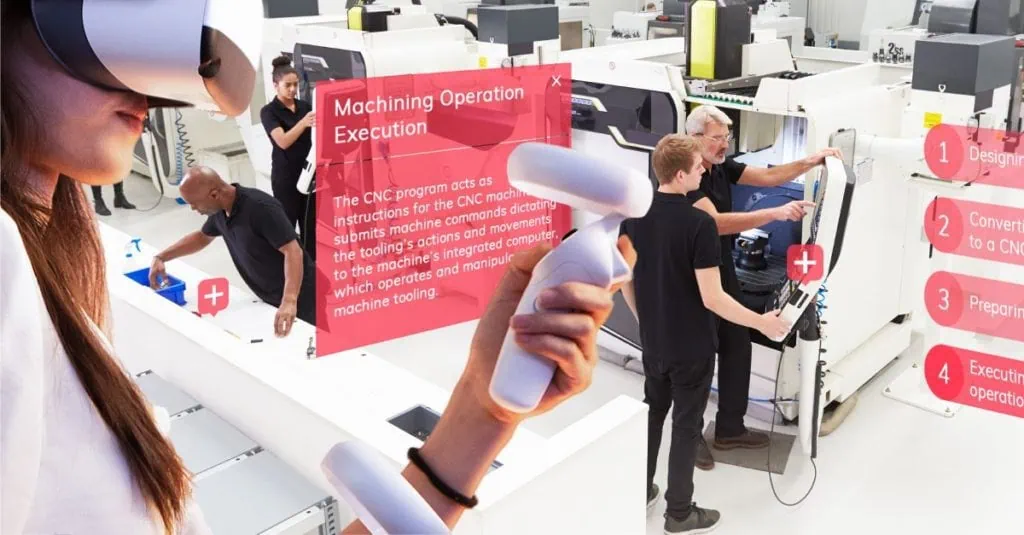VR helps to train employees. Virtual Reality has emerged as a transformative technology with diverse applications across various industries. One significant area where VR is making a substantial impact is employee training. The immersive and interactive nature of VR provides a unique and effective way to train employees, offering realistic simulations and engaging experiences that enhance learning outcomes. This article explores the ways in which VR is utilized to train employees and the benefits it brings to organizations.
VR enables the creation of immersive learning environments that replicate real-world scenarios. This is particularly beneficial for industries such as healthcare, aviation, and manufacturing, where hands-on experience is crucial. Employees can engage in lifelike simulations, allowing them to practice tasks and procedures in a risk-free virtual setting. This not only enhances their practical skills but also boosts confidence and competence.
In high-risk industries, safety is paramount. VR provides a safe and controlled environment for employees to undergo safety training. They can experience emergency situations, learn proper safety protocols, and practice responses without any real-world consequences. This immersive approach to safety training helps in reducing accidents and injuries in the workplace.
Beyond technical skills, VR is effective in developing soft skills such as communication, leadership, and teamwork. Virtual scenarios can be designed to simulate workplace interactions, challenging employees to navigate and respond to various interpersonal situations. This is particularly valuable for roles that require strong interpersonal skills, such as customer service or management.
With the rise of remote work, VR offers a solution for training and collaboration regardless of geographical locations. Virtual meetings, training sessions, and collaborative projects can be conducted in a shared virtual space, fostering a sense of presence and engagement among remote employees. This is especially relevant in a globalized workforce where team members may be scattered across different regions.
Traditional training methods often involve significant costs associated with travel, accommodation, and physical training materials. VR training can significantly reduce these expenses by providing a scalable and reusable virtual environment. Once the initial investment in VR technology is made, organizations can deploy training modules to a large number of employees without incurring additional costs.
VR training platforms can be customized to cater to individual learning styles and paces. The technology allows for adaptive learning paths, where the difficulty level of scenarios can be adjusted based on an employee’s progress. This personalized approach ensures that each employee receives training that is tailored to their needs, optimizing the learning experience.
In conclusion, Virtual Reality has revolutionized employee training by offering immersive, realistic, and cost-effective solutions. The ability to simulate diverse scenarios, from technical tasks to interpersonal interactions, makes VR a versatile tool for enhancing employee skills and competencies. As technology continues to advance, the integration of VR into training programs is likely to become even more widespread, reshaping the landscape of professional development.
Download our free white paper here, in which we show how your company can benefit from virtual reality: https://www.vrdirect.com/whitepapers/how-virtual-reality-can-benefit-your-company-training-and-operations/.

© 2024 VRdirect GmbH. All rights reserved.